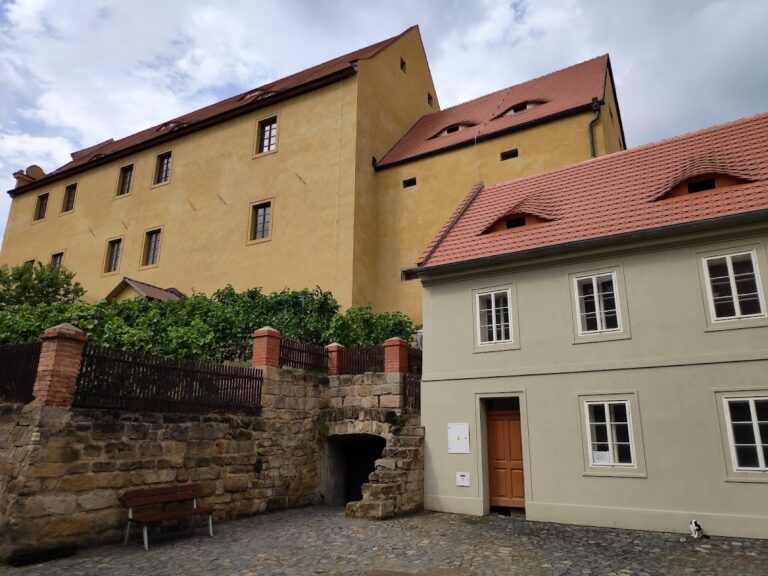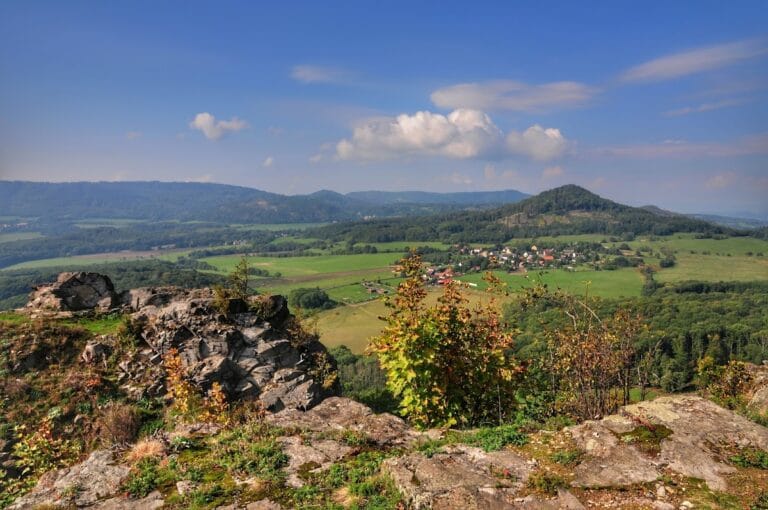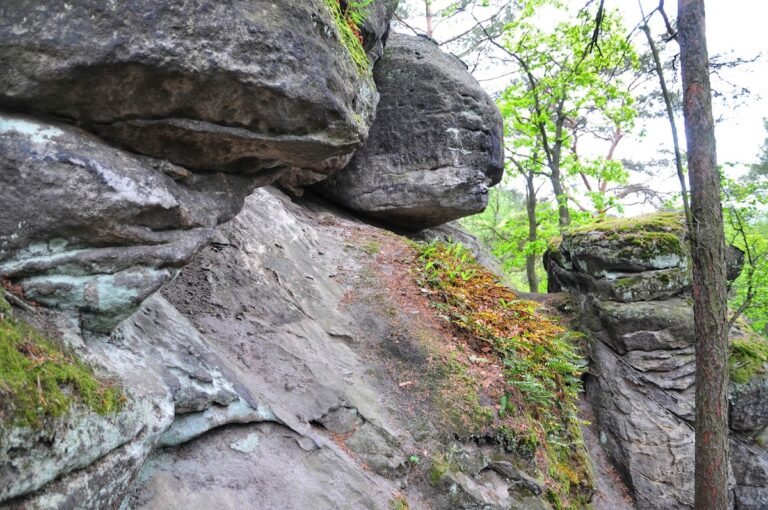Levín Castle: A Medieval Fortress and Religious Site in Czechia
Visitor Information
Google Rating: 4.5
Popularity: Low
Google Maps: View on Google Maps
Country: Czechia
Civilization: Unclassified
Remains: Military
History
Levín Castle is situated above the village of Levín in the Litoměřice district of Czechia. It was constructed during the second half of the 13th century by a medieval European society, likely as a small fortress or a residence for nobility. While no written sources from the time of its use survive, archaeological research has established the castle’s origins and time frame.
The castle’s active period appears to have been relatively brief, with abandonment occurring sometime during the 14th century. By 1352, when Levín is first mentioned in surviving documents, the castle may already have been in ruins or no longer occupied. Later records, including a 1538 mention, refer only to a piece of forest near a vineyard named “hradiště pod Levínem,” meaning “fortified place below Levín,” further suggesting the medieval fortress had disappeared from use by then.
Scholars have different views about the original purpose of the site. Some argue that it was a motte-style noble residence—a type of small defensive stronghold common in medieval Europe—while others interpret it as a religious complex associated with a church. This latter view points to the presence of a chapel, a cemetery, and possibly a parsonage, which fits with the documented vineyard and the later transformation of the hilltop into a cemetery. After the castle ceased to function, local potters used the hill as a dumping ground for defective ceramics, showing a shift from military or residential use to a more utilitarian role.
At the boundary of the Renaissance and Baroque periods, a chapel or church was constructed on the site. Its dedication remains unknown, but the building continued the site’s religious connections. Levín Castle was officially recognized as a cultural monument in 1964, and following damage to the area in 2005, archaeologists conducted a rescue survey. This investigation confirmed fortifications and access routes dating to the late 14th century, illuminating the castle’s architectural layout and underscoring its historical importance.
Remains
The remains of Levín Castle occupy an oval-shaped footprint on a hilltop rising 455 meters above sea level, roughly 100 meters southwest of the present-day village church. Though no walls stand today at the summit, archaeological exploration has uncovered traces that sketch the fortress’ original form and function.
Fragments of a defensive wall remain on the southern slope of the hill. These ruins indicate a constructed barrier intended to protect the site, consistent with the castle’s medieval defensive purpose. In the northeastern section lie the foundations of a building believed to have served as a chapel, pointing to a religious use within the complex.
Excavations also revealed the course of access roads and two gate locations, providing insight into how people approached and entered the castle. Architectural fragments dated to the late 14th century align with the period when the castle was still in use but nearing decline.
Following the castle’s abandonment, a bell tower was built atop the hill. This tower relates to continued ecclesiastical activity and reflects the site’s transformation from military or noble residence to a religious center. The bell tower stands as a later addition but remains part of the layered history of the location.
In addition to structural remnants, evidence shows that after the castle fell into disuse, the hilltop served as a discard area for local potters’ flawed ceramic items. This use points to the changing role of the place within the community beyond its original fortified purpose.
Together, the surviving features, from defensive walls to chapel ruins and the bell tower, provide a tangible connection to Levín’s medieval past and its evolution through religious and practical uses over several centuries.










